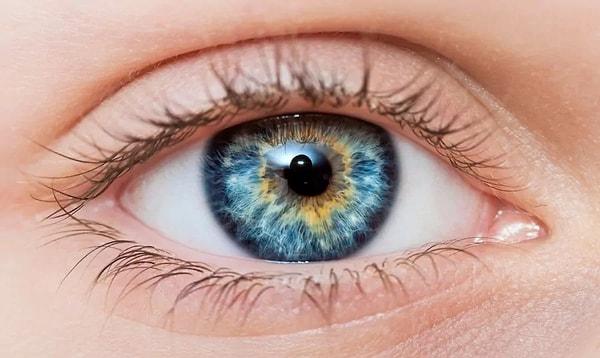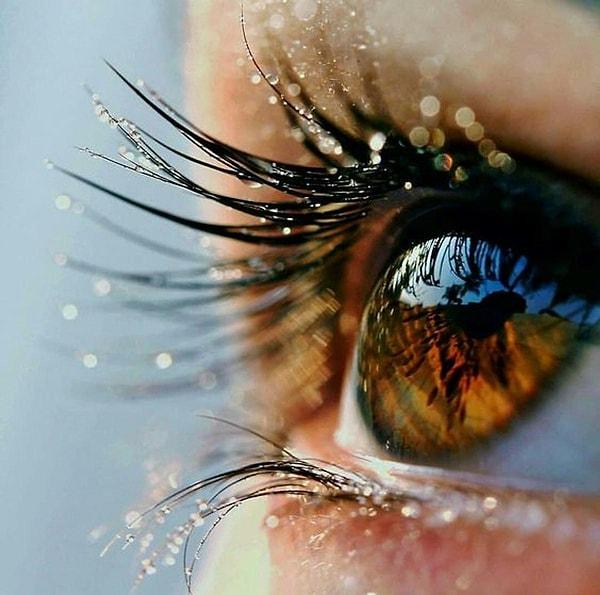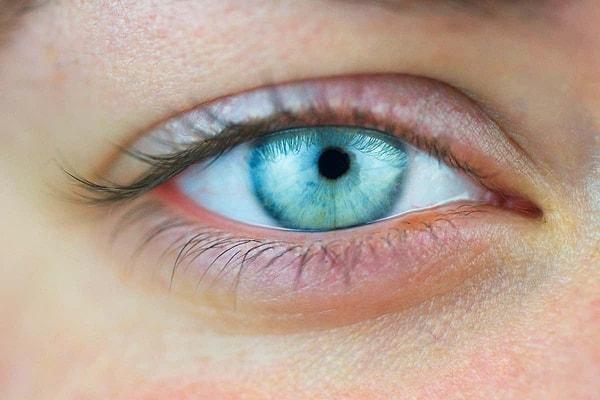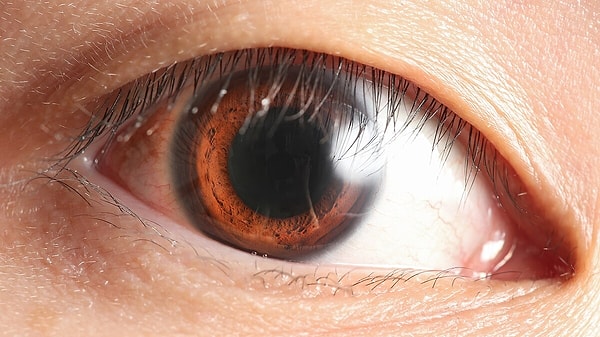How Your Eye Color Impacts Your Vision and Reading Abilities
Eyes are one of the most striking features on human faces. The coexistence of colored eyes with darker hues has intrigued scientists for years, sparking speculations about the evolutionary advantages of these eye colors. Explore the intriguing relationship between your eye color and its potential impact on vision and reading abilities in this insightful exploration.
Having eyes that resemble the summer sky and tropical oceans is a relatively rare feature worldwide, with only about one in ten people possessing blue eyes.

However, in some European populations, this ratio dramatically increases, reaching up to three out of every four individuals.
The coexistence of blue eyes with darker eye colors has captured the interest of scientists for years, sparking speculations about its evolutionary advantages.

Anthropologists in the UK recently suggested a potential advantage of blue eyes in low-light conditions.
In a preliminary experiment conducted by Kyoko Yamaguchi and Faith Erin Cain from Liverpool John Moores University, 39 adult volunteers underwent a simple eye test under decreasing light intensities.

The results revealed that individuals with blue eyes could read codes on the wall significantly better than their brown-eyed counterparts in low light conditions.
This finding supports the theory that the loss of pigmentation in the iris responsible for blue eyes might have been selected in certain populations to enhance vision in low-light environments.

However, it's crucial to note that this study has a small sample size and is of a preliminary nature, yet to undergo peer review.
The color of the iris, whether blue, brown, or somewhere in between, is determined by the presence and distribution of proteins like melanin.

Higher levels of melanin darken the eyes, while lower levels result in a bluer tone due to the scattering of light through the transparent layers of the eye.
The mutation responsible for blue eyes likely occurred in a distant past in a single individual, particularly reducing melanin in the eyes.

Over time, this mutation has been passed down through generations, contributing to the diversity of eye colors observed today.
The reasons for the continuation of this mutation are likely multifaceted.

It may have provided advantages such as prestige or beauty, offered protection against seasonal affective disorder in dark winters, or required fewer resources for reproduction in specific environmental conditions. Ultimately, the slightly improved vision in low-light conditions could be a contributing factor to the persistence of blue eyes in the human population, adding to the rich spectrum of diversity within our species.
Keşfet ile ziyaret ettiğin tüm kategorileri tek akışta gör!


Send Comment